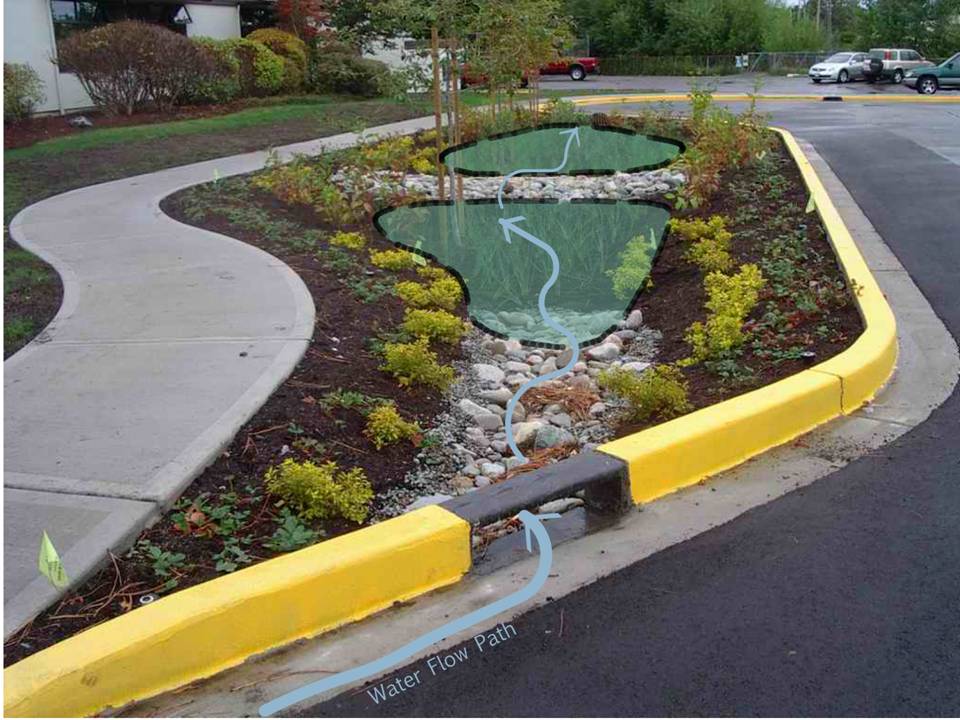OP-ED: Do Green Streets Actually Work for Stormwater Management? – reflections by Jonathan Page on eco-region differences
Green Street Performance
“ Green Streets have become a more common feature of the urban landscape in cities and towns across the United States and abroad. And for good reason: they provide substantial value in community aesthetics, redevelopment, livability and environmental compliance,” wrote Jonathan Page in a recent article posted on the Deeproot blog. He is an Extension Engineer at North Carolina State University, where he specializes in water resources engineering and ecological restoration.
Green Streets have become a more common feature of the urban landscape in cities and towns across the United States and abroad. And for good reason: they provide substantial value in community aesthetics, redevelopment, livability and environmental compliance,” wrote Jonathan Page in a recent article posted on the Deeproot blog. He is an Extension Engineer at North Carolina State University, where he specializes in water resources engineering and ecological restoration.
“But how well are these Green Streets working for stormwater control and treatment?”
Comparison of Eco-regions
“The Pacific Northwest is a perfect place to use Green Streets. Rainfall patterns and storms in that ecoregion are characterized by low rainfall intensities and long durations.”
“Ecoregions like the Southeast and North Carolina (where I live and work) may not be so fortunate.”
“So, how can Green Streets projects be more effective in ecoregions with shorter, high-intensity storms? More storage for runoff is need – both above and below the ground surface,” concludes Jonathan Page.
To Learn More:
Download a PDF copy of Do Green Streets Actually Work for Stormwater Management? to read the complete article by Jonathan Page.



